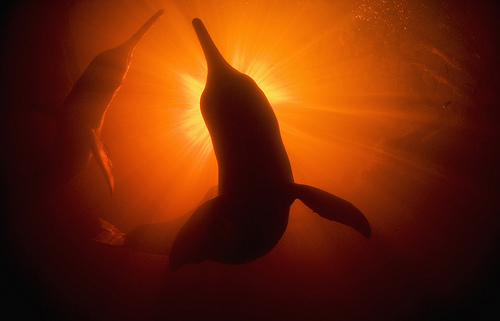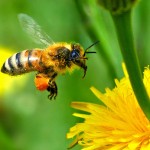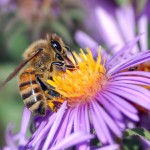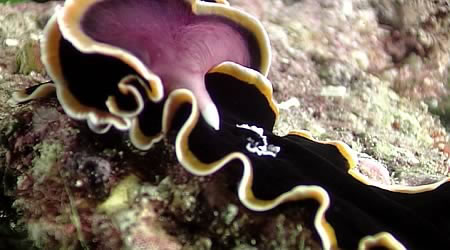We men have the tendency to show off our “swagga” with our “blings” to attract the ladies. We attempt to show our “coolness” by wearing expensive watches, Armani and those Oakley shades that we all want to have. Just as we humans want to impress the opposite sex, the adult male Amazon dolphin (Inia geoffrensis), the largest of river dolphins, also carry objects as a means of sexual display to appeal their attractiveness to the female.
These pink-as-bubblegum botos (the native term for Amazon dolphin) use their long, toothy beaks to pick up weeds, piece of wood, or clumps of grass and clay that lie on the surface of the water. The pick-up action (pun intended) is followed by the thrashing of the carried object back to the surface of the water, an action which can be seen repeated several times. The adult male botos can then be seen twirling in a circle in their own axis with their fat, bulbous foreheads and elongated beak above the water.
The Amazon dolphin is unique in that no other mammal besides modern humans and chimpanzees carry objects for sexual display. This ritualistic behavior occurs during the mating seasons in the flooded Amazonian rainforests and can only be typically seen in adult male Amazon dolphins when they are among a large group of other adult males when attempting to lure the female.
Such ostentatious behavior would often result in the rise of aggression among males, which results in “beat[ing] the hell out of each other” (research indicates that they are up to 40 times more likely to get into fights than in normal situations), snapping jaws, flippers, and tails until they are “literally covered with scar tissue.” The males’ pink color–as opposed to the female’s gray color–is believed to be from scar tissue, and since a male’s attractiveness is based on how pink he is, I guess the following remark applies to both humans and river dolphins alike: Oh, the trials of love!
Glimpse of Amazon river dolphins on Youtube
For more information that emphasizes this behavior, check out this journal link on Amazon river dolphins:
http://www.ncbi.nlm.nih.gov/pmc/articles/PMC2610054/
References
Choi, Charles Q. “Dolphin Bling Gets Girls.” LiveScience. TechMediaNetwork.com, 26 Mar. 2008. Web. 03 Apr. 2010. <http://www.livescience.com/animals/080326-dolphin-carry.html>.
Jenkins, Mark. “River Spirits.” National Geographic June 2009: 98-111. Print.
Martin, A. R., da Silva, V. M. F., Rothery, P., 2008, Object carrying as socio-sexual display in an aquatic mammal. Biology Letters, 4(3): 243-245.
Photo credits
1. Alicante, Camon. 2010. Photograph. Flickr. 19 Feb. 2010. Web. 3 Apr. 2010. <http://www.flickr.com/photos/tucamon/4369638183/>.
2. Martin, Tony. 2008. Photograph. Fox News. 26 Mar. 2008. 3 Apr. 2010. <http://www.foxnews.com/story/0,2933,341792,00.html>.
3. Green, Malu. 2008. Photograph. Flickr. 8 Apr. 2008. Web. 3 Apr. 2010. <http://www.flickr.com/photos/malugreen/3424361386/in/set-72157606302494638/>
Video credit
“The Mighty Amazon & River Dolphins -Wild South America – BBC.” BBCWorldwide Channel. 17 Feb. 2009. Web. 03 Apr. 2010. <http://www.youtube.com/watch?v=ta35C488dnE&feature=related>










